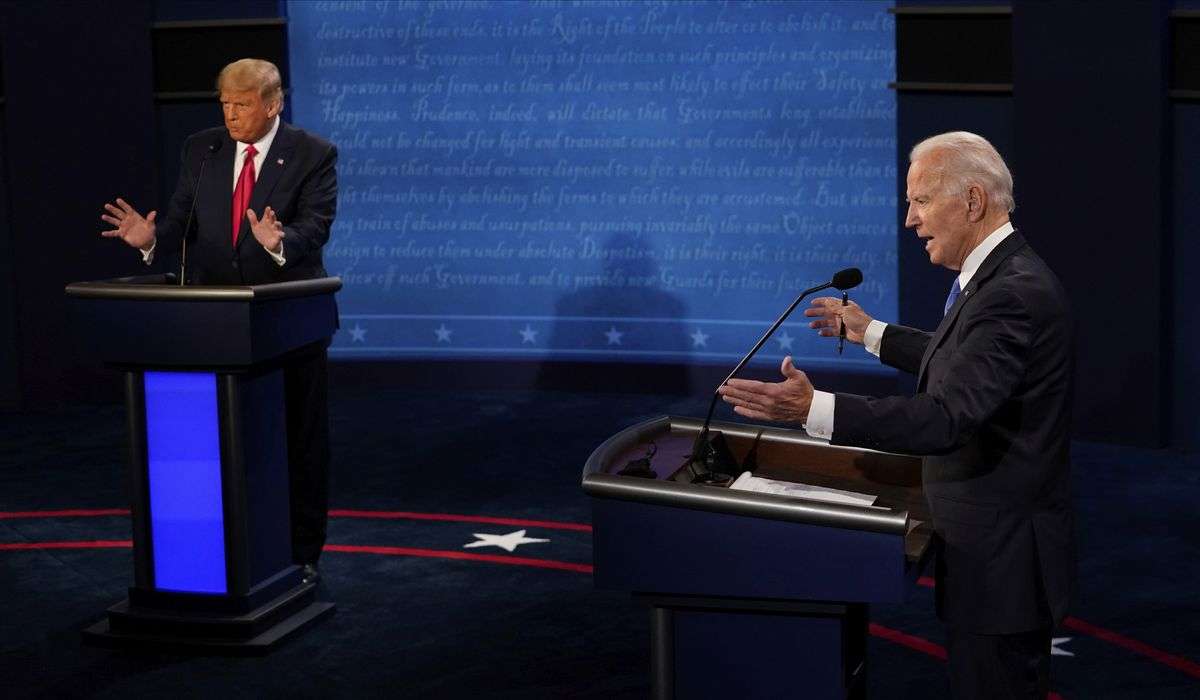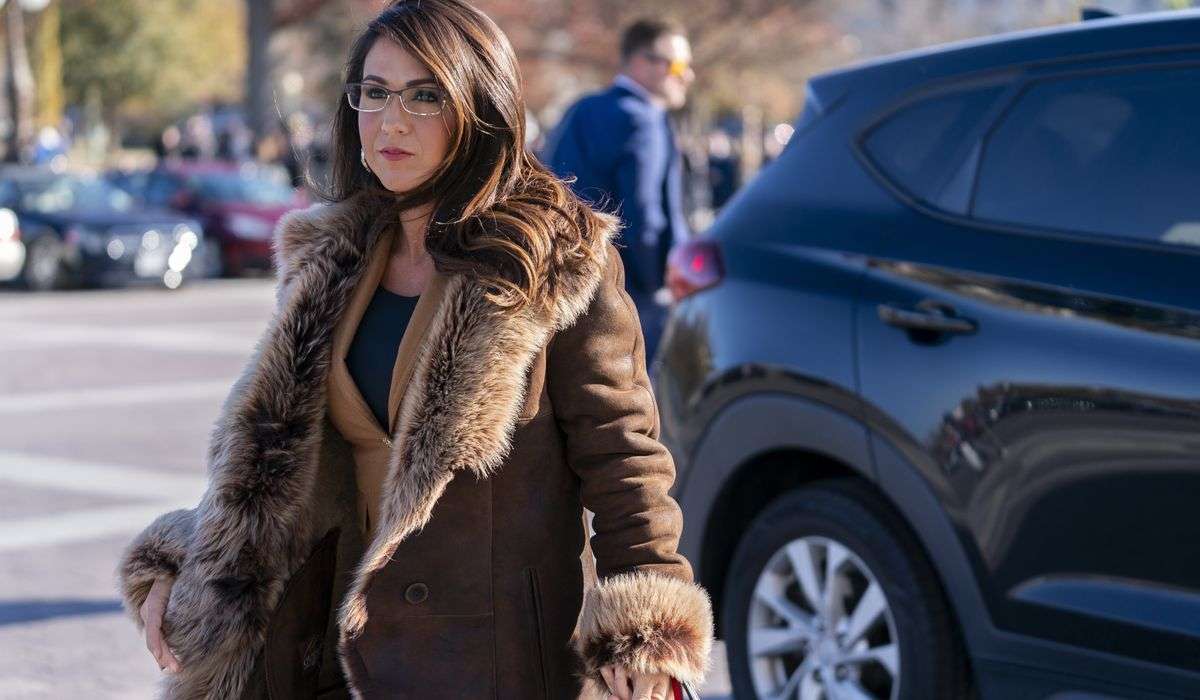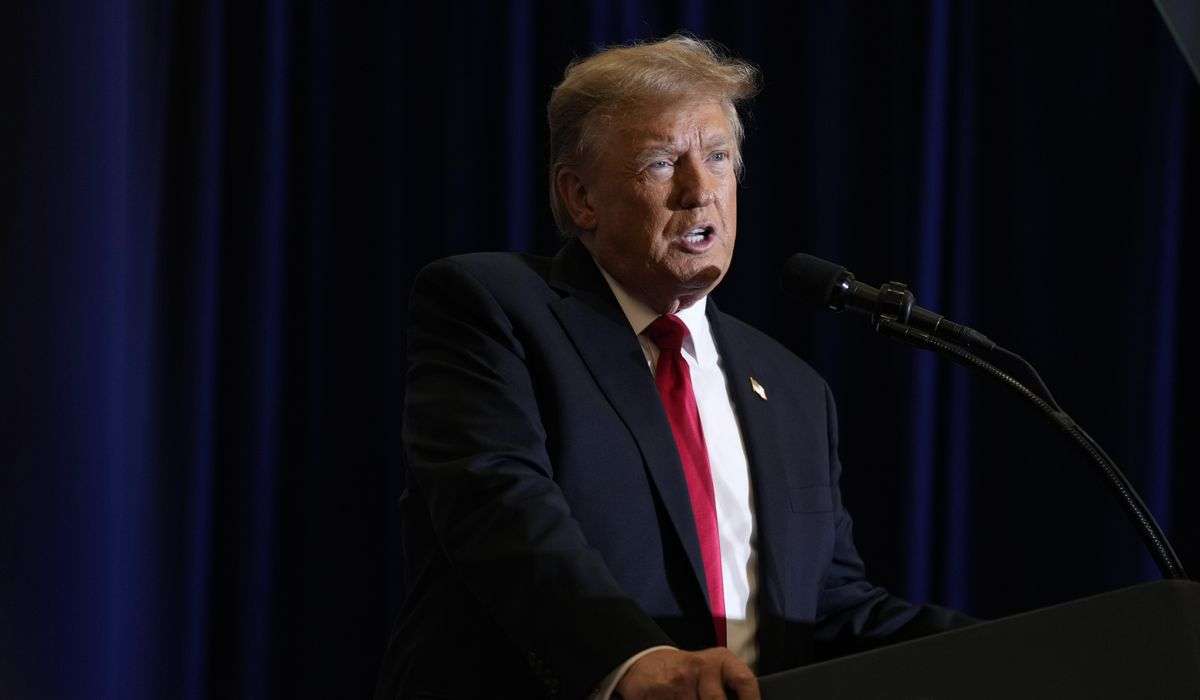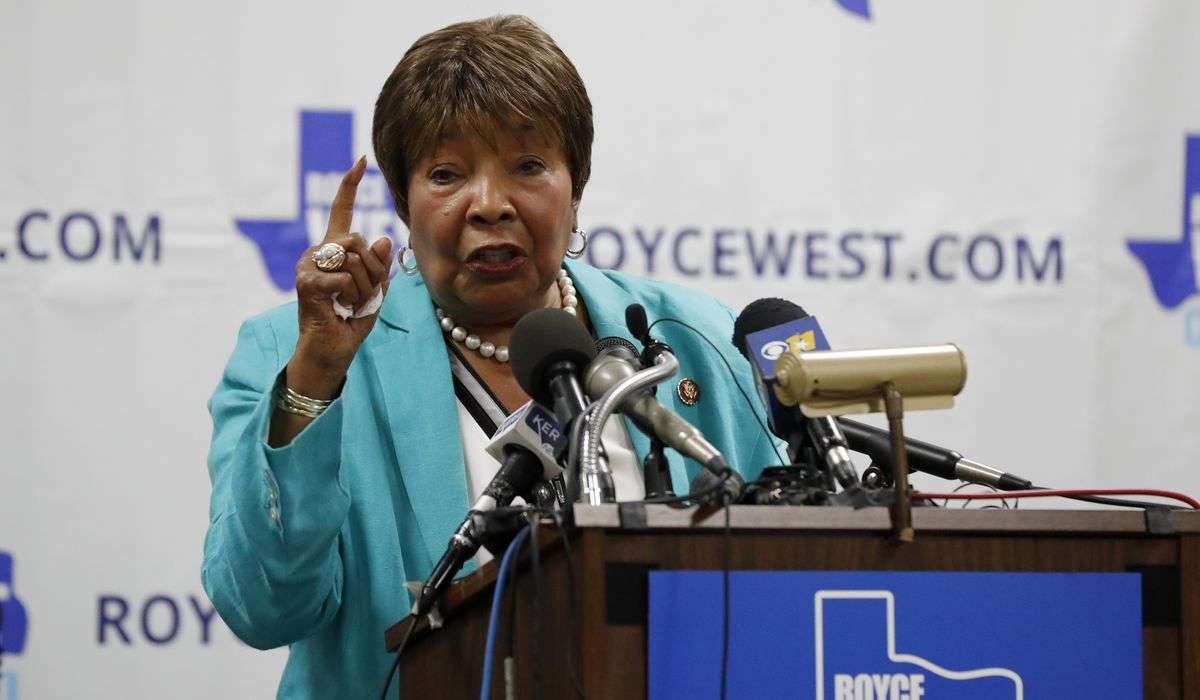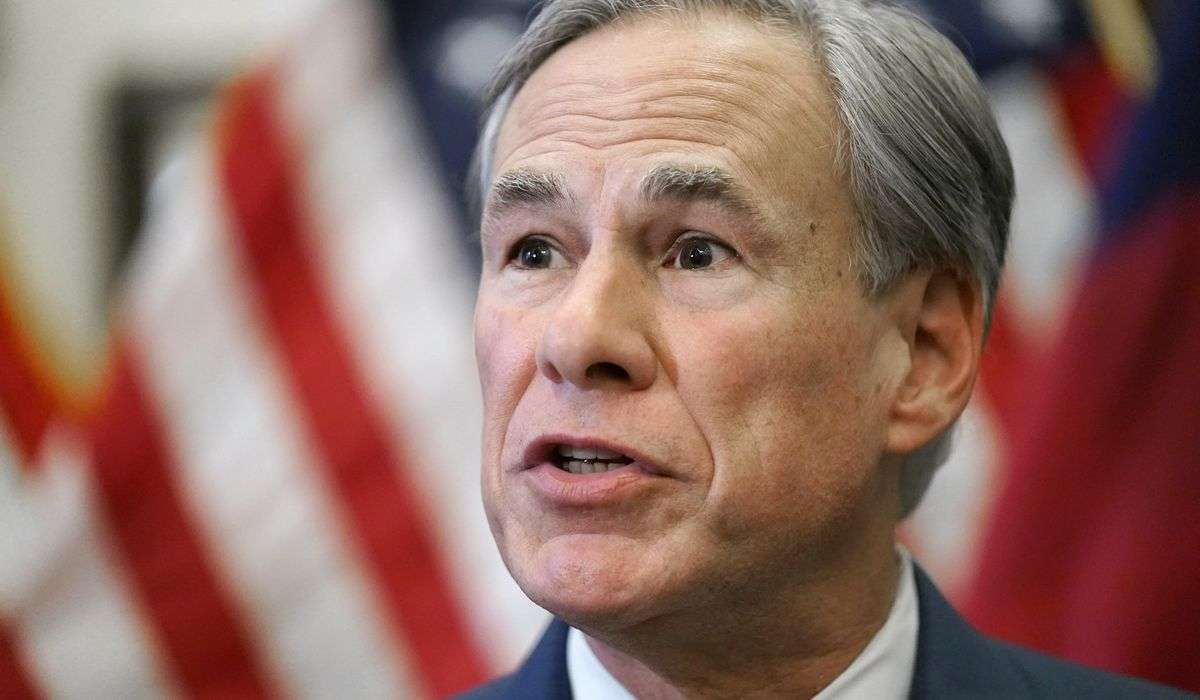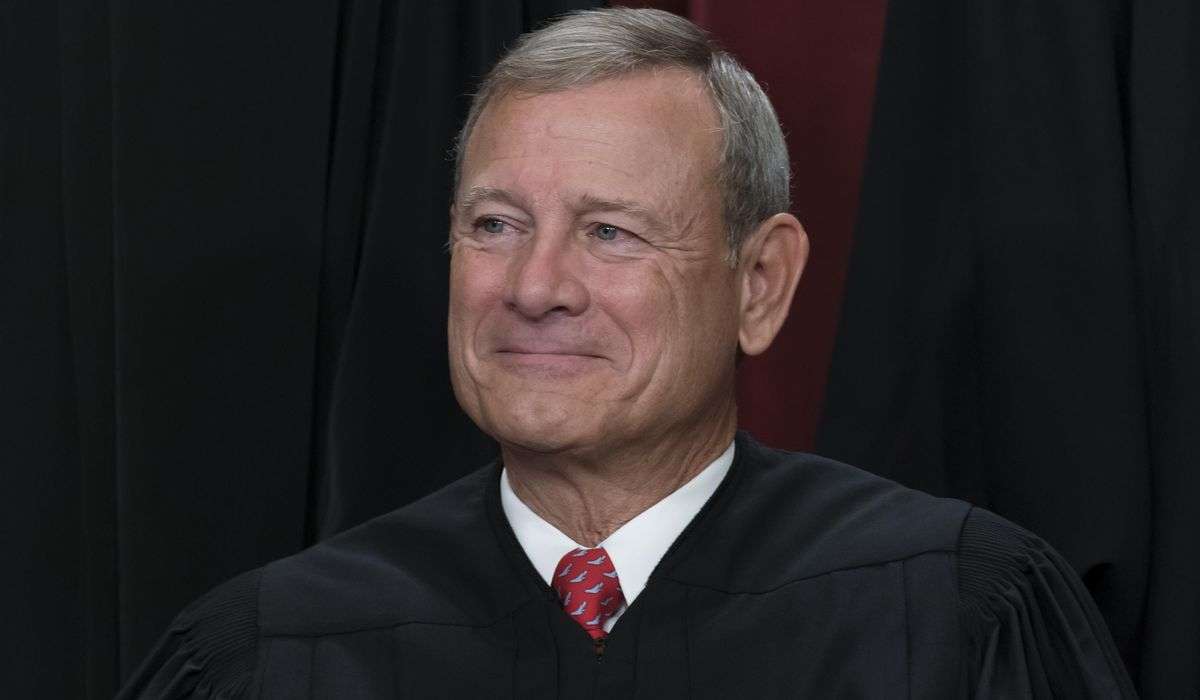OTTAWA, Ohio — Standing before about 300 of the party faithful at the Putnam County Republican Party’s annual dinner, J.D. Vance brought up a concern he had heard from voters as he runs for the Senate in a crucial battleground.
In Ohio, Vance scrambles to ramp up campaign after mounting GOP criticism
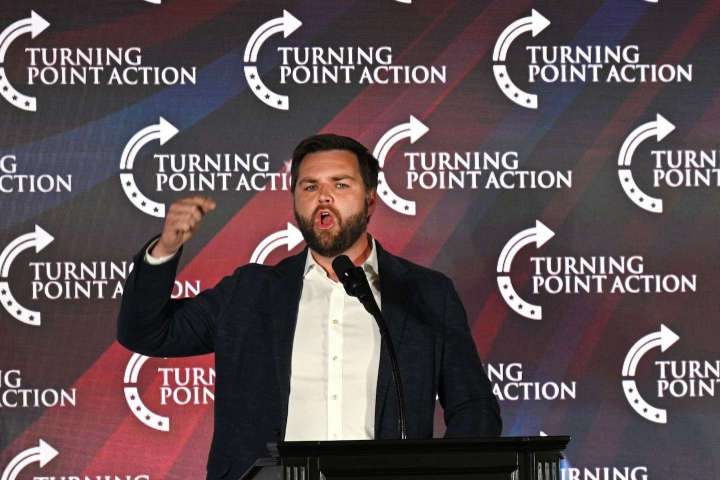
Indeed, an attendee had pressed Vance on that very issue hours earlier at a campaign stop 70 miles to the south, in the small town of Russia, putting in blunter terms how many more commercials this person had seen from Democratic nominee Tim Ryan.
“I’ve seen a lot of his, and I’ve seen one from you,” the person said, according to a recording of the event made by the Sidney Daily News and shared with The Washington Post. This person also suggested that Vance push harder for more financial support from tech billionaire and benefactor Peter Thiel, urging, “Twist his arm.”
For Vance, it was yet another encounter with frustration over his campaign, which many Republicans had hoped would be in a stronger position in the final sprint to November. After winning the Republican nomination in May, Vance spent months running what many in the party say they saw as an ineffective campaign that lacked urgency and has forced him and outside allies to scramble, in a state that former president Donald Trump carried twice and has trended red in recent years. Trump will campaign with Vance on Saturday night in Youngstown, as Vance seeks to jump-start a candidacy that polls show has left him in a competitive race.
Nonpartisan analysts still give Vance an edge, and Republican strategists voiced confidence that the state’s shift to the right will help Vance prevail in November. But some say they fear Vance wasted precious time, putting himself in an unnecessarily precarious position — one requiring a financial bailout that ate into resources that could have gone to GOP candidates in other states that will help determine control of the Senate next year.
After a recent call during which GOP donors discussed midterm spending, one participant and another person familiar with the conversation were said to have felt that Vance had run a “lazy” campaign, with shifting views akin to a “chameleon.” One major donor on the call indicated an unwillingness to give any money to the Vance campaign, according to a person familiar with that donor’s response. People describing the reactions spoke on the condition of anonymity to discuss private deliberations.
That came after the Senate Leadership Fund, a political organization aligned with Senate Minority Leader Mitch McConnell (R-Ky.), poured $28 million into the Ohio race, which Steven Law, a close McConnell ally and the group’s president, called “an unexpected expense.” His comment, first reported by Politico, underlined months of frustration among Republicans in Ohio and Washington over his floundering campaign.
In a brief interview with The Washington Post shortly before speaking in Ottawa on Sept. 6, Vance said he was stepping up his campaign activity.
“We’re in the phase of the campaign where more and more people are paying attention so intensity dials up a little bit,” Vance said. He described his strategy as “the standard plan and the standard execution,” which is “to try to reach people when they’re paying the most attention.”
Vance is running as an economic populist who wants to revive American manufacturing and bolster security at the U.S. border. He frequently connects President Biden’s immigration policies with increased fentanyl trafficking in the state and says aid to Ukraine should also include increased funds for Border Patrol.
Law, the president of the Senate Leadership Fund, said he is under the impression that Vance is now “hitting the donor community hard.”
Vance, who worked his way out of poverty to Yale Law School and glided from the world of Silicon Valley venture capital to the New York Times bestseller list for his memoir “Hillbilly Elegy,” is now in an unfamiliar position, as an underperformer trying to right his operation.
To regain his footing, Vance has bulked up his fundraising shop with staff who worked for his former GOP rivals, planned more public outings, including tent-pole events like the Trump rally, and according to a person familiar with the scheduling, a day of campaigning with Donald Trump Jr. in early October. Vance has also attended a series of party dinners over the past few weeks and campaigned with Rep. Jim Jordan (R-Ohio), according to party leaders who have seen him out. Like others interviewed for this story, the person familiar with his schedule spoke on the condition of anonymity to more openly discuss strategy.
And Vance’s campaign is finally on TV. Ryan had the airwaves to himself over the summer, with his campaign running 4,300 ads in May; 5,900 spots in June and, along with a supportive group, 3,600 in July. Vance and his allies were completely dark during those months, according to data from AdImpact, which tracks commercials on network TV.
Vance’s latest ad — his second during the campaign — features the candidate in his childhood Middleton, Ohio, neighborhood and compares the safety he felt then with unease from rising violent crime today. “We had something then that Ohio kids don’t have today: safety,” Vance says. He added: “Streets are exploding with drugs and violence, while liberals like Tim Ryan attack and defund our police.”
Still, some fear it is too little too late. “It’s not enough to say ‘Hi, see my ads.’ It’s the personal contact. It’s showing up in the counties and saying: I need your vote,” said Robert Radway, the chairman of the Hardin County Republican Party in Ohio. “I personally wish he had ramped up faster.”
Radway said there were times over the summer when he thought to himself, “Where are you?” But he said he detects the shift in Vance’s campaigning, and said he now hears from the Vance campaign at least once a week. “He is coming out full speed,” Radway said. “He has to have that fire in the belly, and he has to show it to voters.”
In August, Ryan’s TV advantage began to dissipate: There were 6,500 ads backing his candidacy on network air while Vance’s backers put about 4,000 ads on TV that month, the data show. So far this month, Ryan has benefited from about 3,500 ads compared with about 2,800 boosting Vance’s candidacy.
Ryan is running as a champion of the working class and stressing areas where he departs from his own party, creating the impression among some voters that he’s a Republican. In one of Ryan’s early ads, which shows him walking in the Youngstown, Ohio, neighborhood where he grew up, the Democrat says he stood up to President Barack Obama. “When Obama’s trade deal threatened jobs here, I voted against it,” Ryan says in the spot. “And I voted with Trump on trade.”
For Vance, after prevailing in the GOP Senate primary in May here with financial help from Thiel — a former boss, who hasn’t pledged money toward the general election phase of the contest — plus a last-minute endorsement from Trump, who Vance repeatedly disparaged in 2016 before reinventing himself as a MAGA candidate, many felt he was well-positioned to hold an important GOP seat. The seat was vacated by retiring Sen. Rob Portman.
Instead, the first-time candidate is trying to overcome a stretch of lackluster fundraising and a widespread impression that he’s not campaigning vigorously enough for such a high-profile race. Vance is starting the final weeks of campaigning before early voting starts Oct. 12, trying as much at times to assure supporters his campaign strategy is headed in the right direction as he is trying to convince voters to support him on the merits of his platform.
In the interview, Vance denied that his campaign lacked energy over the summer. “If you look at how much we were traveling around the state, I think that criticism was a media creation more than anything,” Vance said.
But a tally of campaign events provided by each campaign reflects the disparity many Republicans have complained about in recent months. Vance’s campaign provided The Post a list of 43 public events he’s held since the May 3 primary, which it said were open to the news media. They included a ride-along with Marion County law enforcement and three stops at one fair.
During the same period, Ryan participated in 66 public events, which they said were advised to the news media in advance. They included parades and rallies along with tours of factories, community organizations and farms, according to Ryan’s campaign.
Vance is also seeking to consolidate support after a divisive and bruising primary. Former Ohio treasurer Josh Mandel, who came in second in that race, said in an interview that he’s been “helping to talk him up with a lot of grass-roots conservatives.” Mandel said he plans to host a fundraiser for Vance in the coming weeks and is also connecting him with donors. But the former Vance rival hasn’t appeared at any public events for Vance so far and said he won’t be able to attend Saturday’s Trump rally due to family commitments.
In a sign of how potent Ryan’s ads have been, one Vance event attendee wanted to understand the truth behind a Ryan-funded TV commercial that casts a nonprofit that Vance created to combat opioid-addiction in the state as a “charade” that’s done little to help addicts.
“I’d like to hear it from you,” the person said.
Vance sought to dispel any notion that the organization, Our Ohio Renewal, did anything untoward. “The one problem with the nonprofit is it didn’t do nearly as much as I hoped,” Vance said. The person he hired to run it received a cancer diagnosis shortly after starting, Vance said. “We were basically carrying this guy, and I wasn’t going to fire him,” Vance said.
Last month, Vance explained to some backers that he was not on TV because he wanted to be sure to have enough money to stay on air once he began his advertising, according to David Johnson, chairman of Columbiana County Republicans. “He’s not the typical politician, he’s not out glad-handing everyone maybe to the degree that he should have,” Johnson said.
From April to June, Ryan raised $8.6 million and Vance just took in $1 million.
Despite the criticism he has received, Vance’s campaign advisers also point to the strong structural advantage they see in the state: Ohio backed Trump by eight percentage points in 2016 and by a similar margin in 2020.
But relying on the state’s GOP tilt doesn’t calm everyone hoping to keep the Senate seat in GOP hands. One, who attended the Vance event in Russia, Ohio, lectured Vance about the state’s political history, pointing out that Sen. Sherrod Brown — a Democrat — won reelection to the Senate by nearly seven percentage points just two years after Trump won the state.
“Ohio will elect a Democrat senator,” said the participant, urging Vance not to take anything for granted.
Vance agreed, signaling he understands the state’s willingness to elect senators in both parties.
Vance’s fundraising has picked up, according to two people familiar with it, but just as with the TV battles, he is trying to make up ground. Through the end of June, Ryan raised $21.5 million while Vance raised just $3.6 million, according to the Center for Responsive Politics.
On the stump, Vance offers up a variety of reasons for the financial deficit. In Ottawa, at the Putnam County GOP dinner, Vance said big tech companies are sending 80 to 90 percent of his fundraising appeals to spam folders, piggybacking on a complaint that some other Republicans have made this cycle. Vance also argued that the Democratic small-dollar fundraising platform is far superior to the GOP version.
In a populous state where building name recognition is key to success, local Republicans say, Vance has his work cut out for him in the weeks ahead.
“There used to be a saying in Ohio that you had to run statewide once to get elected the next time,” said Rep. Robert E. Latta (R-Ohio). “Not having been on the ballot anywhere is tough. But he’s out doing what he’s got to do.”

